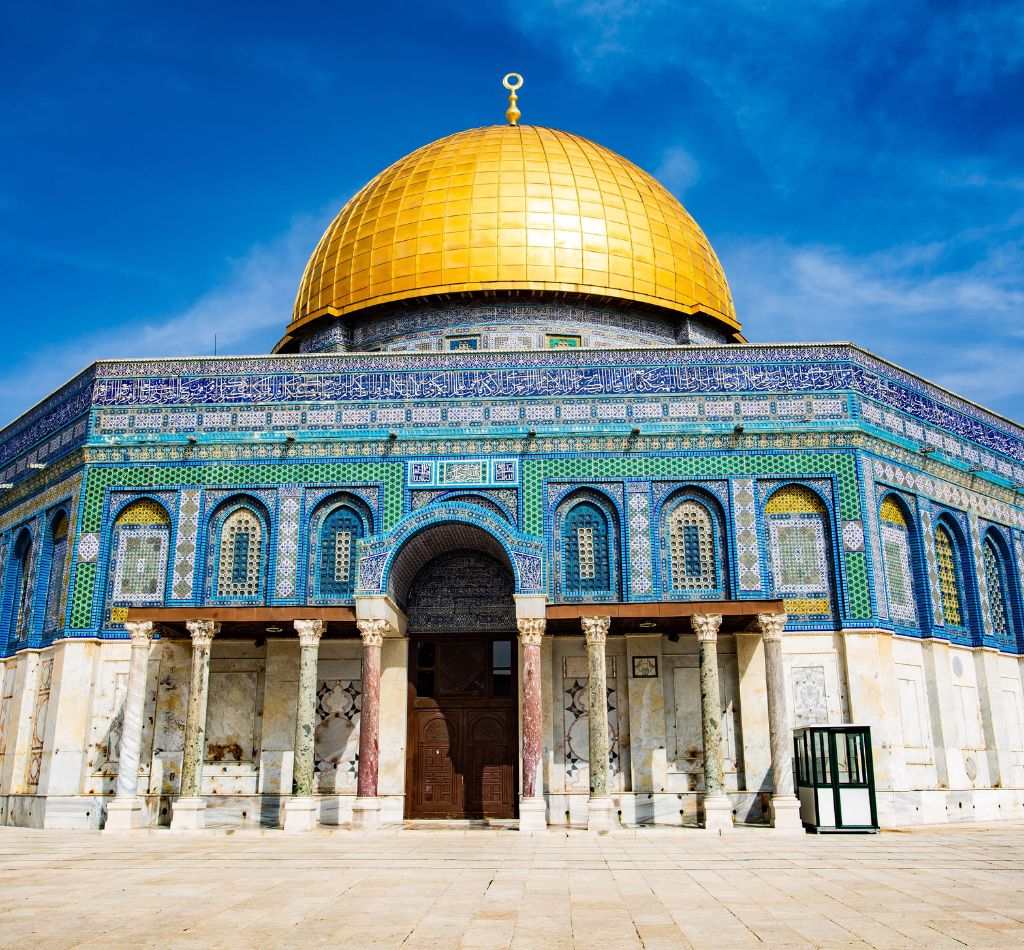
Must See Religious Sites of Jerusalem
Let´s explore Jerusalem!
In this article, I will talk about the must-see religious sites of Jerusalem and everything you need to know before going. Moreover, you will find out when it is the best time to explore the ancient city and some of the historical context. If you’re looking for more travel inspiration in Israel, be sure to check out this comprehensive itinerary that covers top destinations like Tel Aviv, Bethlehem, the Dead Sea, and more. Whether you’re interested in history, culture, or just looking for an adventure, Israel has something for everyone. So start planning your trip today and get ready for an unforgettable journey!
For Jews, Jerusalem is the most important place of their faith, where their temples used to stand and where the kings ruled from.
For Christians, Jerusalem is essential because Jesus was crucified and buried there. Muslims believe that Mohammed ascended to heaven from Jerusalem. It has not yet been possible to reconcile all religions’ claims or to assign the city to a single religion.
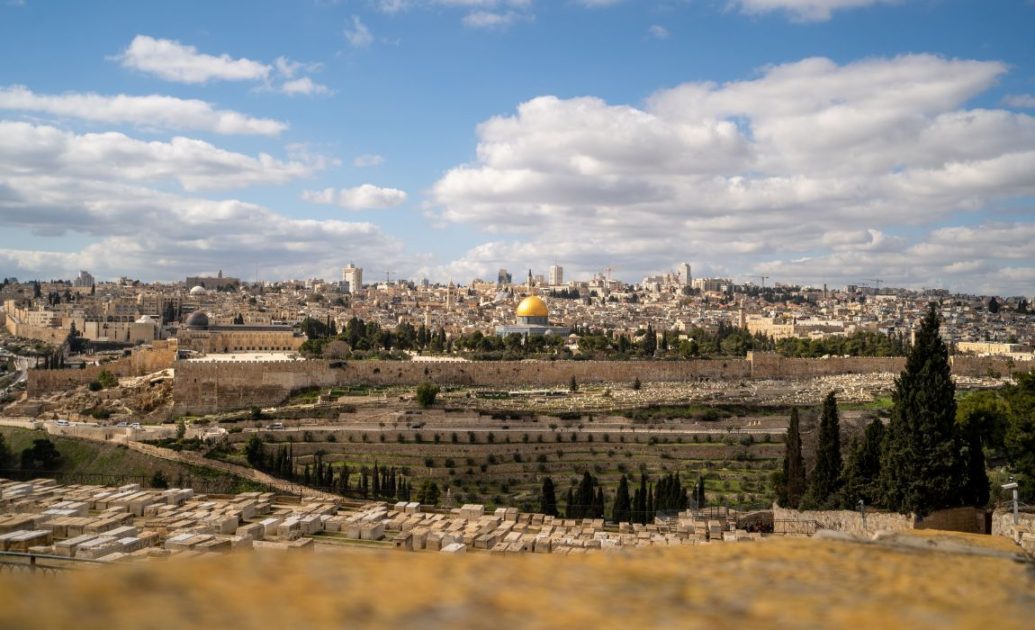
Some Basic information about Jerusalem
The City of Jerusalem
Jerusalem is the largest city in Israel, with nearly one million inhabitants. For the Israelites, it is the capital. But many Palestinians think that the city does not belong to Israel or only the western part of it. This leads again and again to hatred and war.
Today, almost two-thirds of the city’s population is Jewish and one-third Muslim. Most of the rest are Christians.
The Old City is a UNESCO World Heritage Site that attracts two million tourists annually. It is divided into neighborhoods that have belonged to specific believers for hundreds of years, such as the Jewish Quarter.
The most controversial site for both Jews and Muslims is the Temple Mount. For Christians, the Church of the Holy Sepulcher means a lot. The situation here can escalate quickly. You should check out my post about travel safety.
Best time to go
The months of April to October are generally considered the best time to travel to Israel, and these months have the ideal weather conditions for both an active and a beach vacation.
Historic Context
Jerusalem is considered one of the oldest cities in the world. From the Stone Age to today, the city has experienced numerous rulers and changing demographic constellations.
Knowledge of its history is essential for understanding its present. Jerusalem’s Old City is still surrounded by a city wall dating from the 16th century and is interrupted by twelve gates.
Within the walls, the streets date from Byzantine times to Roman times. However, the Old City of Jerusalem area has been settled for about 3000 years. According to the current cultural conditions, the Old City is divided into four quarters: A Christian quarter, an Armenian quarter, a Jewish quarter, and a Muslim quarter.
Must See Religious Sites of Jerusalem
Temple Mount
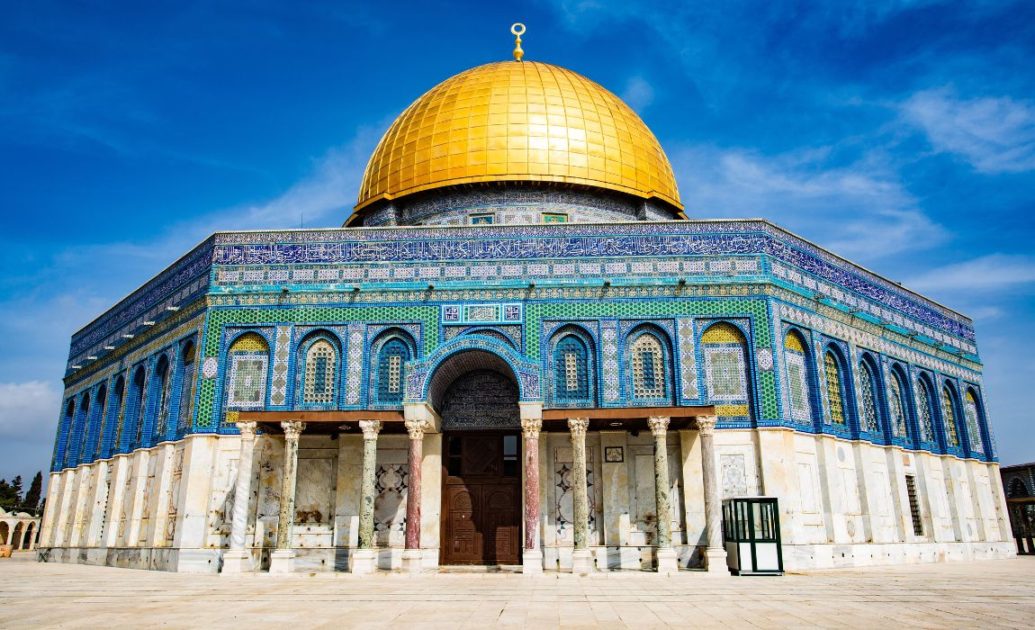
Opening Hours:
Monday through Thursday:
Winter: 7:30 am – 10:30 am and 12:30 pm – 1:30 pm
Summer: 8:30 am – 11:30 am and 1:30 pm – 2:30 pm
The entrance to the site may be closed without notice for security reasons. Please check the status before planning your visit.
For Jews, the Temple Mount is the holiest place because, according to biblical tradition, the First and Second Temples stood there. For Christians, the Temple Mount, or the Second Temple at that time, has the most tremendous significance because when Jesus died on the cross, the curtain to the holiest was torn and opened the way for all people to God.
For Muslims, the rock enclosed by the Dome of the Rock is the place from which their prophet Mohammed began the journey to heaven as described in the Koran.
Nowadays, a visit to the Temple Mount is possible for any visitor. The tour can only take place in the courtyard between the buildings and not inside them, but even so, it is one of the country’s most beautiful and fascinating sights.
What to know before visiting
- Since lines can be very long, arriving early and preparing to wait is essential.
- If you have any religious artifacts or articles on you, regardless if they are Christian or Jewish, you will not be permitted to bring these items in with you.
- Make sure you have your passport with you to enter Temple Mount.
- Dress modestly and respectfully. Headscarves are not required. Women must have their shoulders covered and should wear long pants or a long skirt. Men should not be wearing shorts.
- Be respectful of the security guards, and do not take photos of them. Remember, this is a holy site, so maintaining respect is essential.
- When visiting, it is forbidden to practice Christian or Jewish prayer.
Western Wall
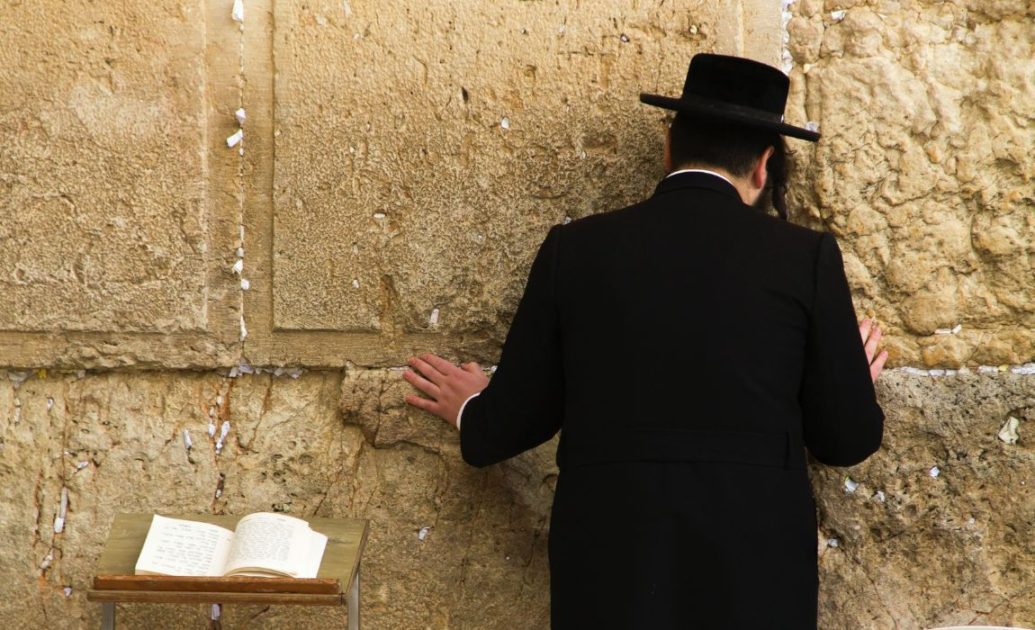
Opening Hours: 24/7
The Western Wall is the only relic that has survived from the Second Temple period, making it the central place of the Jewish faith. Since time immemorial, Jews from all over the world have come to pray at the Western Wall and leave their wishes on little slips of paper in the crevices between the stone blocks.
Many religious ceremonies are also held at the Western Wall of the destroyed Temple.
With a width of about 50 meters and a height of about 18 meters, the Western Wall is visible in the Old City even from afar and is one of the most visited destinations in all of Jerusalem.
Non-Jewish visitors can easily visit the Western Wall except on special holidays or on the Sabbath and are also allowed to take photographs.
When visiting, please note that the prayer areas for men and women are separated. In addition, wearing appropriate clothing is also important at this holy site. For the men, headgear is mandatory. If you don’t have a hat or cap, you can borrow a paper kippah in front of the square.
Even though photography is officially allowed, one should be discreet and considerate of those present. Listening to music, loud cell phone calls, or loud conversations should be avoided out of respect for the place and the prayers of those present.
Mosque of Omar
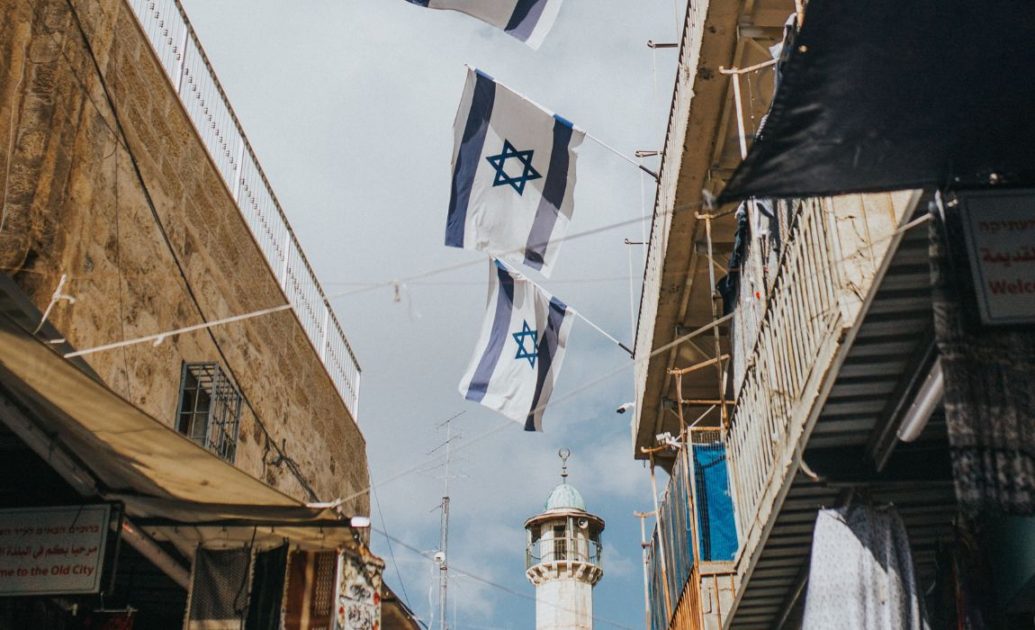
The Mosque of Omar is a 12th-century building in the center of the Christian Quarter in the Old City of Jerusalem. It is built of stone and connected with other structures around the Church of the Holy Sepulchre. Most visible is the rectangular minaret with a polygonal top.
Its origins date back to the 7th century, although the current building is younger. According to legend, after his troops conquered Jerusalem, Caliph Omar came to the Church of the Holy Sepulcher.
The patriarch at the time invited him to pray together. However, the Caliph refused and began to pray in the churchyard. Here, the first mosque of Omar was built.
In the 12th century, a new, much larger building was erected south of the original site. Currently, the mosque is only open to Muslims.
Via Dolorosa
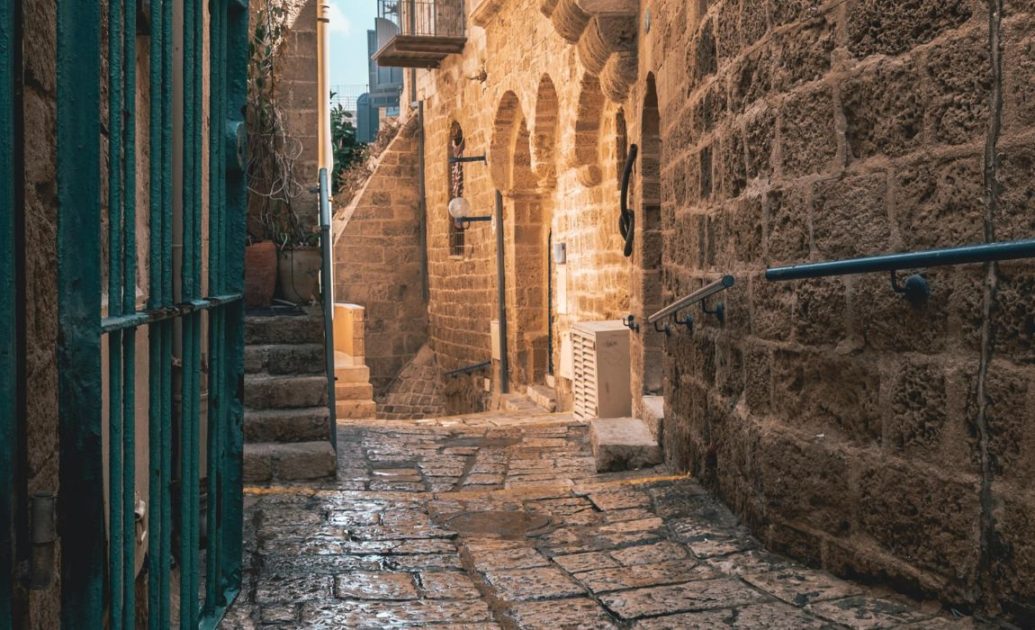
The Via Dolorosa follows the path that Jesus took from the place of his trial to the site of his crucifixion through the streets of Jerusalem. Jesus was condemned by Pontius Pilate near what is now the Lion’s Gate of the Old City. After the condemnation, Jesus carried his heavy cross through the crowded streets to the place of his crucifixion.
Crucifixions at that time took place outside the city walls, whereas today, Calvary is located in the Old City, inside the Church of the Holy Sepulcher.
On his route, Jesus stopped at 14 places known today as the Stations of the Cross. Most stations are mentioned in the New Testament, while others have been added over the years. Each station is identified by a sign or mark on the stone wall. Many stations also have a small chapel to commemorate biblical events.
Christian pilgrims follow the Way of the Cross and pray at each station. Tour guides lead groups along this sacred route. Religious groups pass a heavy wooden cross from one to another as they walk along the Via Dolorosa. The path leads to the Church of the Holy Sepulchre.
Every Friday at 3 p.m., the Franciscans create a procession along the Via Dolorosa to the Church of the Holy Sepulcher.
The biggest event along the Via Dolorosa occurs during Holy Week when thousands of pilgrims follow this route.
Mount of Olives
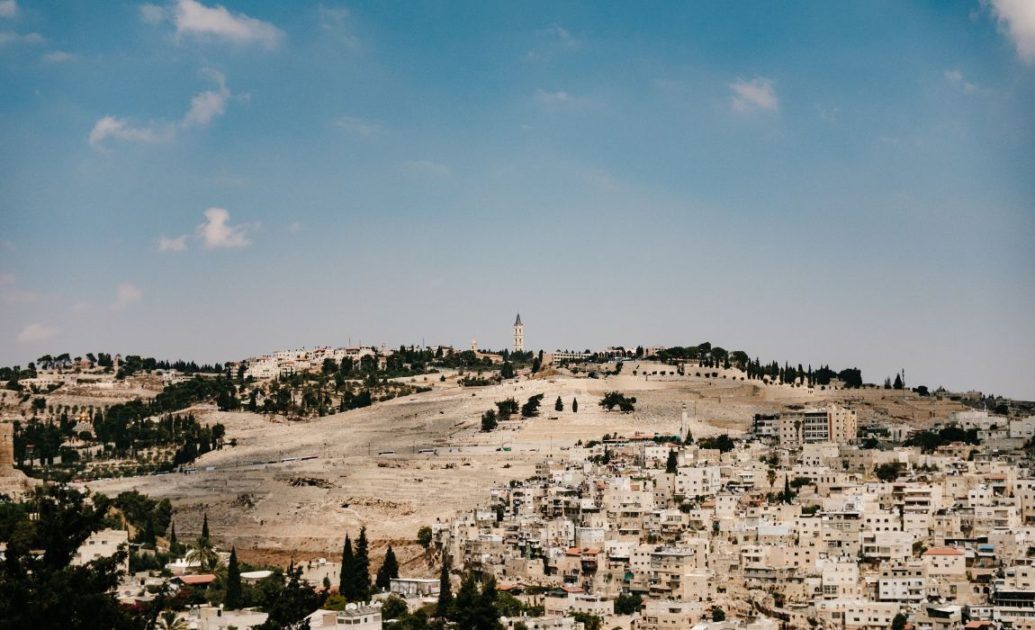
The 809-meter-high Mount of Olives rises east of the Kidron Valley, just opposite the Temple Mount in Jerusalem. It is one of the most important places in Judaism, Christianity, and Islam. The Mount of Olives is mentioned several times in the Bible and has a considerable spiritual dimension.
The western slope is almost wholly covered with Jewish graves because Jews expect the return of the Messiah on the Mount of Olives. According to Jewish tradition, he will raise the dead, and whoever lies closest to this place will be the first to come back to life. There are primarily graves of famous Jews, but also those who can afford it financially. The places are rare and coveted, which drives up the price.
Several churches have been built on the Mount of Olives, so a visit to the Mount of Olives is obligatory for every visitor to Jerusalem. North of Ascension Hill in the neighborhood of Mount Scopus stands the Evangelical Church of the Ascension. It was built under Kaiser Wilhelm II. and belongs to the Auguste-Viktoria Hospital, named after his wife.
About 1.5 kilometers away in a southerly direction is the Ascension Chapel, built by the Crusaders in 1152. The remains of several churches and monasteries dating from the 4th to 6th centuries have been discovered in the vicinity.
A neighboring Russian Orthodox monastery (about 400 m to the east) also claims to be at the place of the Ascension of Christ.
The observation deck gives you an excellent view of Jerusalem, especially the Temple Mount, a favorite photo subject. To get to the Mount of Olives, take the Arab bus (line 75) from the Arab bus station at the Damascus Gate.
The ride costs the equivalent of two euros, and the driver, to whom you should tell your destination beforehand, stops very close to the Paternoster Church. From there, it is only 300 meters to the viewing platform on the Mount of Olives.
If you are good on foot, you can go straight out of the Old City through the Lion’s Gate, down into the Kidron Valley, and then up the Palm Sunday walk.
Mount Zion
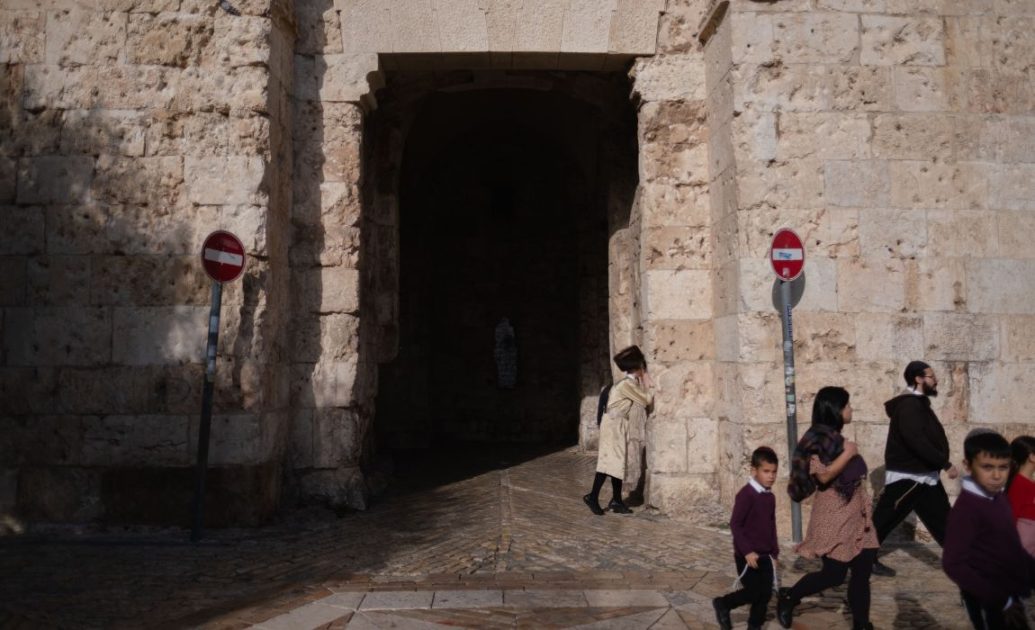
Mount Zion is a flat and wide hill on the southern side of Jerusalem’s Old City. The Zion Gate connects seamlessly with the Old City’s Armenian Quarter.
The hill had a crucial religious significance for centuries, playing a central role in the Bible during Herodian Jerusalem. In the Hebrew Bible, Zion stands for the City of David, the Temple Mount, and Jerusalem. Over the years, Zion became a symbol of the Holy Land, especially Jerusalem.
Mount Zion is located outside the walls of today’s Old City, which Suleyman built 500 years ago. Legend has it that the Sultan had the architects murdered when he learned that David’s tomb was outside the city walls. Near the Jaffa Gate are two Muslim tombs, believed to be the tombs of the two ill-fated architects.
Sights on the mountain include the Tomb of David, where King David is believed to be buried. His honorary tomb is located in a small room at the entrance of the building, on the upper floor of which the Last Supper is said to have taken place.
Church Of The Holy Sepulchre
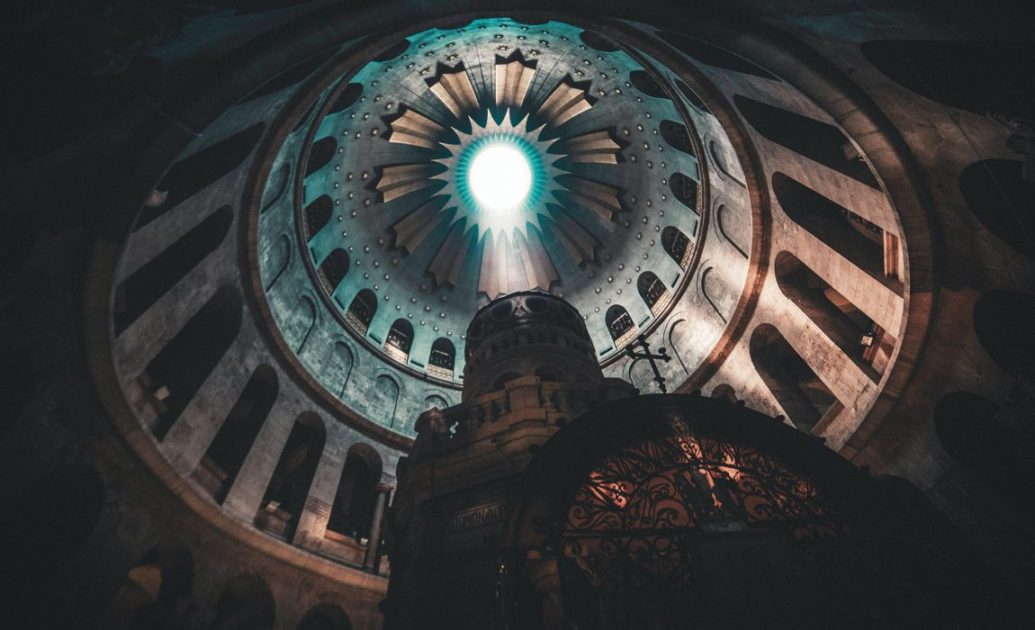
Not only the religious and historical significance of the Church of the Holy Sepulcher impresses guests, but also the building itself with all the decorations inside and the replica of the Holy Sepulcher are among the highlights of the widely known Church of the Holy Sepulcher.
According to tradition, when you visit the Church of the Holy Sepulchre, you are thus in a sacred, historical place: the presumed site of Jesus’ crucifixion and burial.
There are other churches known as the Church of the Holy Sepulchre and other places where the tomb is believed to be. However, the assumption of a tomb in Jerusalem seems coherent to historians and theologians due to the known historical sequences, which is why the church represents such an important landmark in the city.
Inside the Church of the Holy Sepulcher, you will see a variety of important Christian shrines. Still, the most important site in the church is the Chapel of the Holy Sepulcher, also known as the Holy Sepulcher.
The visit of the Church Of The Holy Sepulchre is also included in this Halfday-Tour through Jerusalem. You might want to check it out. If you´re planning on visiting other cities besides Jerusalem, I can recommend my 7-day Israel Itinerary.
This article may contain affiliate links. I receive a small commission when you purchase products or services through these links at absolutely no extra cost to you. This is a free way to support me and allow me to continue to create inspiring adventure travel guides. See my disclosure notice for more information.
